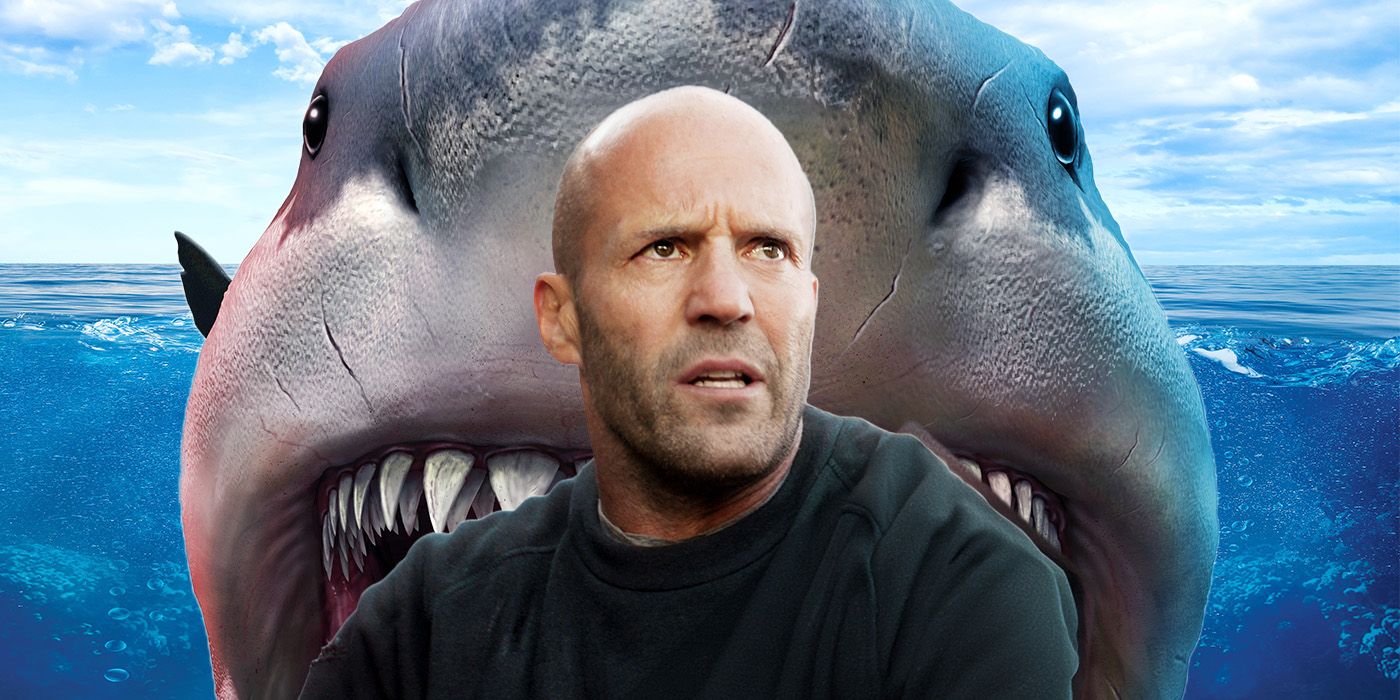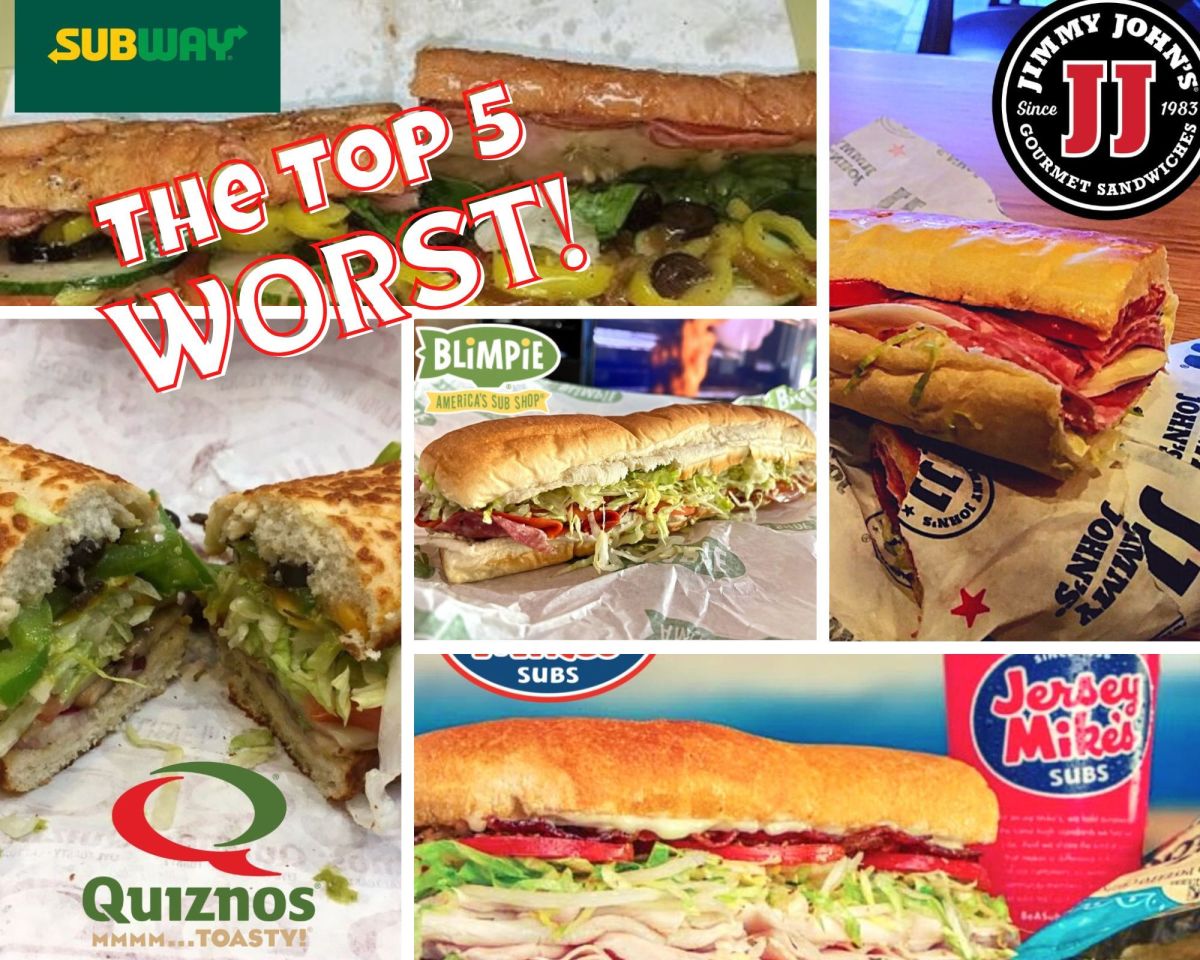Understanding The Impact Of Worst Cartel Videos In Today's Digital World
It's a strange thing, but the term "worst cartel videos" often brings up a lot of questions for people. What makes something the "worst," anyway? Is that about the quality of the video, or the actions shown within it? Well, in this context, when we talk about the "worst," we are describing content that shows things of the lowest quality, or the most unpleasant, difficult, or severe actions. It points to what is most unfavorable, or what happens under the most negative circumstances. These videos, you see, portray acts that are truly bad or ill in the highest, greatest, or most extreme degree, which is what the word "worst" often means.
For many, the mere mention of such content can cause a feeling of unease, or a sense of curiosity. These materials, you know, are not something one seeks out for entertainment. Instead, people might encounter them through news reports, discussions about global issues, or perhaps even by accident. They often serve as a stark reminder of serious problems happening in parts of the world, and that, is that, a really tough thing to think about.
This article will look into what "worst cartel videos" mean, why they exist, and the significant effects they have on individuals and society. We will also talk about how to approach such content with a sense of responsibility, because, you know, it’s a serious topic that needs careful thought. We will, in some respects, explore the difficult truths these videos present, and discuss ways to engage with information about them responsibly.
- 69069 Text
- Net Worth Of Jojo Siwa
- Ralph Macchio Net Worth
- Timothy Olyphant A Multifaceted Talent In Hollywood
- Is Emily Compagno Married
Table of Contents
- What Are "Worst Cartel Videos"?
- Why Do These Videos Exist?
- The Real Impact on People
- Ethical Viewing and Responsibility
- Reporting Disturbing Content
- Frequently Asked Questions
- Final Thoughts
What Are "Worst Cartel Videos"?
When people speak of "worst cartel videos," they are referring to a type of content that depicts, very often, extremely violent or disturbing acts carried out by organized criminal groups. These videos are often of the lowest quality, or show the most unpleasant, difficult, or severe situations imaginable. They portray the most unfavorable circumstances, and reflect, in a way, the highest degree of bad or ill actions. This makes them, quite simply, the "worst" kind of material one might come across.
These videos can include, for instance, acts of torture, executions, or threats against rivals or authorities. They are not, you know, just simple recordings. Instead, they are often produced with a specific purpose, which we will discuss a little later. The content is, arguably, designed to shock and instill fear. This is why they are considered the "worst" – because of the extreme nature of the actions shown and the negative feelings they cause.
The term "worst cartel videos" also speaks to the profound moral and ethical issues these recordings bring up. They challenge our sense of what is acceptable to view or share. They show the most inferior aspects of human behavior, and that, is a really difficult truth to face. So, it's not just about what is visually graphic, but also about the deep sense of wrongness they convey.
- What Does The Term Eiffel Tower Mean
- Benny Blanco Net Worth
- Squirrel Girl Summer Skin Glitch
- Sophie Rain Spider Man Video
- Many Summers Later Gravity Falls
These clips, you know, are not just random acts. They are, in fact, often part of a larger strategy used by these groups. The actions shown are, very often, meant to send a message. This makes them not only disturbing to watch but also, in some respects, a tool for power and control. It’s a complex issue, and one that requires careful thought.
People might come across these videos on various online platforms, sometimes without even looking for them. This accidental viewing can be quite upsetting. It highlights the pervasive nature of such content in today's digital landscape. The "worst" part is that they can appear unexpectedly, forcing a confrontation with truly awful things. This is, you know, a big problem for many users online.
Why Do These Videos Exist?
The creation and distribution of these "worst cartel videos" are not random occurrences. They serve, actually, very specific and strategic purposes for the groups that make them. It's not about making a movie, you know. It's about sending a message, or achieving a certain goal. These videos are, in a way, a form of communication, albeit a very dark one.
Propaganda and Intimidation
One primary reason these groups make "worst cartel videos" is for propaganda. They want to show their strength, their willingness to use extreme force, and their control over certain areas or activities. This is, basically, a way to project power. They aim to intimidate rivals, law enforcement, and the general public. The more shocking the content, the more effective, they believe, the intimidation will be.
These videos also act as a warning. They tell others what might happen if they cross the group, or if they cooperate with authorities. It’s a very direct and brutal form of communication. This use of fear, you know, is a central part of their operations. They want to be seen as unbeatable, and these videos are, in some respects, a key part of that image building.
The clips spread fear not only among their direct enemies but also throughout communities. People who live in areas where these groups operate often see these videos, and it creates a climate of terror. This is, arguably, one of the most damaging effects of this content. It makes everyday life, you know, much harder for innocent people.
So, these videos are, in essence, a tool for psychological warfare. They aim to break the spirit of resistance and ensure compliance. They are a clear display of the "worst" possible actions, designed to leave a lasting and frightening impression. This strategy, unfortunately, tends to be very effective for them.
Recruitment and Control
Another reason for these "worst cartel videos" is recruitment. Surprisingly, some individuals, especially young people in vulnerable situations, might be drawn to the perceived power or wealth shown in these clips. The videos, in a way, glorify a dangerous lifestyle, even if they also show its brutal side. This is, sadly, a tactic that sometimes works for them.
They also use these videos to maintain control over their own members. By forcing new recruits to watch or even participate in these acts, the groups solidify loyalty through fear and complicity. It’s a way to ensure that members are fully committed and unlikely to betray the organization. This creates, basically, a very tight and terrifying bond.
The videos can also serve as a form of internal communication, showing new methods or confirming punishments. They are a way to reinforce the rules and the hierarchy within the group. This helps them, you know, keep their operations running smoothly, in their own twisted way. It’s a very chilling aspect of their structure.
So, in essence, these "worst cartel videos" are multi-purpose tools. They are not just random acts of violence, but calculated efforts to achieve strategic goals. They are a demonstration of the most corrupt and ill practices, used to dominate and expand their influence. This makes them, very truly, a dangerous part of the global crime problem.
The Real Impact on People
The existence and spread of "worst cartel videos" have very real and damaging effects on individuals and on society as a whole. It's not just about the people directly involved in the videos, you know. The impact reaches much wider. These clips, in a way, leave a lasting mark on anyone who sees them, or even hears about them.
Psychological Toll
For those who view "worst cartel videos," even accidentally, the psychological toll can be quite significant. The images and sounds are often extremely graphic and disturbing. This can lead to feelings of horror, anxiety, or even trauma. It's a very heavy burden to carry, you know, after seeing such things.
Exposure to such content can cause nightmares, flashbacks, or a general sense of unease. It can make people feel less safe in their own world. This is, basically, a form of vicarious trauma. They are experiencing the horror, in a way, through the screen. It’s a truly awful experience for many.
Some people might also feel a sense of moral distress, wondering why such content exists and how it can be so easily found. This can lead to questions about human nature and the darker side of society. It's a challenging thing to process, you know, these very unpleasant realities. The videos show the "most severe" acts, and that affects viewers deeply.
So, the psychological impact is not to be underestimated. It goes beyond simple discomfort and can affect a person's well-being for a long time. It highlights the danger of engaging with such content, even out of curiosity. This is, truly, a serious matter for mental health.
Societal Consequences
Beyond individual harm, "worst cartel videos" have broader societal consequences. They normalize extreme violence for some, or desensitize others to it. When people see such acts repeatedly, there is a risk that they might become less shocked or less empathetic. This is, you know, a worrying trend for any community.
The spread of these videos can also contribute to a climate of fear and mistrust in affected regions. When people constantly see evidence of extreme violence, they might lose faith in the ability of authorities to protect them. This weakens social cohesion and civic participation. It’s a very damaging effect on the fabric of society.
Furthermore, these videos can be used to spread misinformation or to promote a certain narrative. They can manipulate public opinion and create a distorted view of reality. This makes it harder for people to understand the actual situation and respond effectively. It’s a challenge for, basically, everyone trying to make sense of things.
The global reach of the internet means these videos can cross borders, affecting perceptions and discussions far from where the events actually happened. This global exposure, you know, can shape international understanding of organized crime and its impacts. It's a complex web of influence, and one that has many layers.
So, the societal impact of "worst cartel videos" is extensive. They not only cause direct harm but also erode trust, desensitize viewers, and distort public understanding. They represent the "most unfavorable" aspects of online content, and their effects are felt far and wide.
Ethical Viewing and Responsibility
Given the severe nature of "worst cartel videos," approaching them with a strong sense of ethics and responsibility is very important. It's not about ignoring the existence of these problems, you know, but about how we engage with them. We must consider the impact on ourselves and on others.
If you encounter such content, it is generally advised not to share it further. Spreading these videos contributes to their harmful effects, whether it's the psychological toll on viewers or the propaganda goals of the groups who make them. It’s a simple act, but it has a big impact. You are, in a way, helping them achieve their goals by sharing.
Instead of sharing, consider reporting the content to the platform where you found it. Most social media sites and video platforms have clear rules against violent and graphic material. This helps remove the "worst" content from public view and reduces its spread. It’s a step, you know, everyone can take to make the internet a bit safer.
It is also important to protect your own well-being. If you find yourself accidentally viewing such disturbing material, consider stepping away from the screen for a bit. Talk to someone you trust about what you saw, if you feel comfortable doing so. Your mental health, you know, is very important. These videos show the "most unpleasant" things, and that can really affect a person.
For those who need to understand these issues for research or journalism, approaching the content with a critical eye is key. Seek out reputable sources that provide context and analysis, rather than just raw, graphic footage. Organizations like Human Rights Watch, for instance, often provide detailed reports on organized crime without sensationalizing the violence. Learn more about organized crime on our site, and you might find useful information on this page about understanding digital safety.
Understanding the "worst" aspects of these videos means recognizing their purpose and choosing not to contribute to their intended effect. It’s about being a thoughtful and responsible internet user. This helps to reduce the power these groups gain from their disturbing online presence. It's, basically, a way to fight back against their harmful agenda.
Reporting Disturbing Content
Taking action when you encounter "worst cartel videos" is a critical step in reducing their reach and impact. It's not just about turning away, you know, but about actively working to make online spaces safer. Every report, in a way, helps in this effort.
Most major online platforms, like YouTube, Facebook, and Twitter, have clear mechanisms for reporting content that violates their community guidelines. These guidelines typically prohibit graphic violence, hate speech, and content that promotes criminal activity. Finding the "report" button is usually quite simple. It’s often a small icon or a menu option near the video or post.
When you report content, it's helpful to provide as much detail as you can about why you believe it violates the rules. For "worst cartel videos," you would likely select categories related to graphic violence, disturbing content, or promotion of illegal acts. This helps the platform's review team understand the issue more quickly. It makes their job, you know, a bit easier.
It’s important to remember that reporting content does not always mean it will be removed immediately. Platforms receive many reports, and they need time to review each one. However, repeated reports on the same piece of content can often speed up the process. So, even if it doesn't disappear right away, your report still matters.
Beyond platform reporting, if you believe the content shows actual crimes and you feel it is appropriate, you could consider reporting it to law enforcement agencies. This is a more serious step, and one that requires careful thought. However, in cases of extreme violence, it might be a necessary action. It's, basically, about doing what feels right for the situation.
By taking the time to report "worst cartel videos," you are helping to prevent others from being exposed to such harmful material. You are contributing to a more responsible and ethical online environment. This collective effort, you know, is very important in the fight against online harm. It helps make the internet a less unpleasant place.
Frequently Asked Questions
Why do cartels make videos?
Cartels make videos for several reasons, you know, mainly to show their power and scare people. They use them to intimidate rivals, law enforcement, and the public. These videos also help them recruit new members and keep their current members in line through fear. It's, basically, a form of propaganda and a tool for control.
What is the impact of cartel videos on society?
The impact of cartel videos on society is, very truly, quite damaging. They can cause psychological harm to viewers, leading to anxiety or trauma. For society, they can normalize extreme violence, create a climate of fear, and erode trust in authorities. They also spread misinformation, you know, which can distort public understanding of the issues.
How can one report disturbing online content?
You can report disturbing online content by using the reporting tools available on most social media and video platforms. Look for a "report" button or option near the content itself. Select the reason for your report, such as graphic violence or illegal activity. This helps the platform review and, potentially, remove the content. It’s a simple step, you know, but an important one.
Final Thoughts
Thinking about "worst cartel videos" brings us to a difficult but important topic. These materials, you know, represent the most corrupt, bad, evil, or ill aspects of human behavior, showing actions of the lowest quality, or the most unpleasant, difficult, or severe kind. They are, in essence, the "worst" examples of online content because of the profound harm they can cause.
It's vital to remember that while these videos exist, our response to them matters. We have a role in how such content spreads and how it affects others. Choosing not to share, reporting what we see, and protecting our own mental well-being are all important steps. We can, in some respects, make a difference by being responsible online citizens.
So, as we navigate the digital world, let's approach these challenging topics with care and a commitment to doing what is right. Your actions, you know, contribute to a safer and more thoughtful online space for everyone. Consider supporting organizations that work to combat organized crime and its effects, as that, is a way to help address the root problems.



Detail Author:
- Name : Dallas Mertz I
- Username : wilfred.borer
- Email : kuphal.aurelia@gmail.com
- Birthdate : 1993-05-03
- Address : 1333 Nienow Via Kemmerland, IL 24111
- Phone : 1-517-351-8260
- Company : Harber and Sons
- Job : Tour Guide
- Bio : Similique temporibus in nulla repellat id fuga et dolores. Rem excepturi quasi non nihil qui accusantium minus. Odio molestias a quis tenetur.
Socials
linkedin:
- url : https://linkedin.com/in/alannaferry
- username : alannaferry
- bio : Odit dolore et accusamus et facere et rerum.
- followers : 572
- following : 2863
tiktok:
- url : https://tiktok.com/@alanna.ferry
- username : alanna.ferry
- bio : Autem quia praesentium commodi maiores quidem.
- followers : 1642
- following : 2880